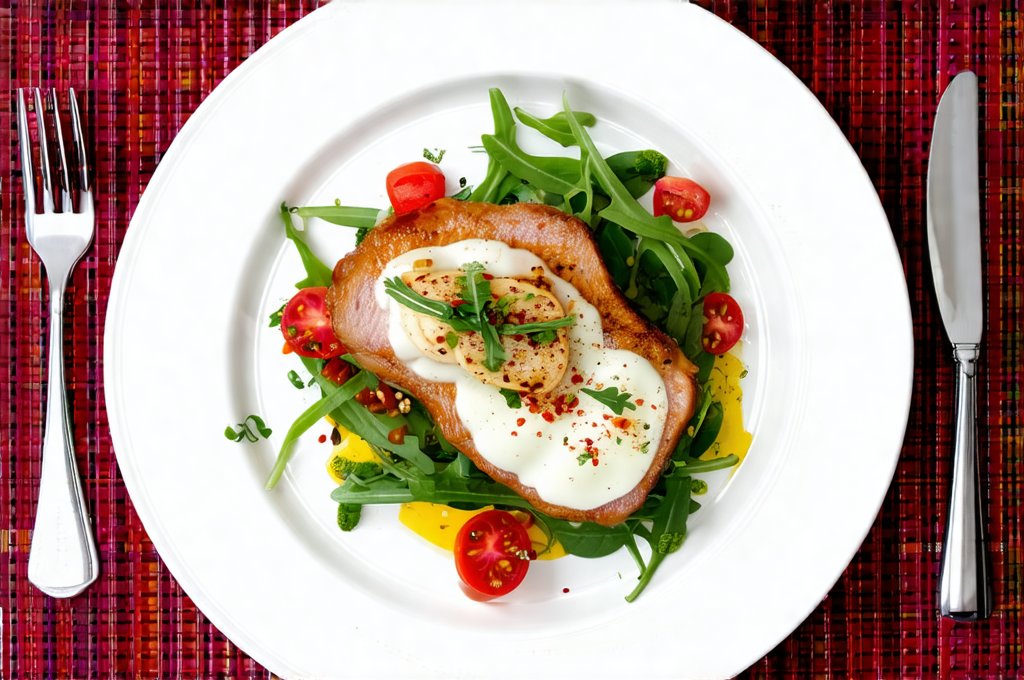Dining out should be a pleasurable experience – a chance to socialize, celebrate, and enjoy delicious food. However, for individuals living with Gastroesophageal Reflux Disease (GERD), this simple pleasure can often be fraught with anxiety. The fear of heartburn, indigestion, and other uncomfortable symptoms frequently overshadows the enjoyment of a meal outside the home. Understanding how different foods impact GERD and learning strategies to navigate restaurant menus is key to reclaiming the freedom to dine out confidently. It’s not about eliminating dining experiences; it’s about making informed choices that support digestive health and minimize discomfort.
GERD isn’t just about spicy food, although that’s a common misconception. It’s a complex condition influenced by various factors including diet, lifestyle, body position, and even stress levels. The lower esophageal sphincter (LES), a muscular ring at the bottom of the esophagus, plays a crucial role in preventing stomach acid from flowing back up into the esophagus. When the LES weakens or relaxes inappropriately, acid reflux occurs, leading to heartburn and potential damage over time. While medication can help manage symptoms, dietary modifications are often the first line of defense and are particularly important when venturing out for meals where you have less control over ingredients and preparation methods. This article aims to provide a practical guide to navigating restaurant dining with GERD, offering safe menu options and helpful tips to ensure a more enjoyable experience. You can learn more about how to dine out safely and confidently.
Understanding Trigger Foods & Restaurant Challenges
Many foods can contribute to GERD symptoms, but the impact varies from person to person. Common triggers include: fatty or fried foods, chocolate, mint, citrus fruits, tomatoes, onions, garlic, caffeine, alcohol, carbonated beverages, and spicy foods. These foods either directly irritate the esophageal lining or weaken the LES, increasing the likelihood of acid reflux. However, identifying your specific trigger foods is crucial, as sensitivities differ widely. Keeping a food diary can be immensely helpful in pinpointing which items exacerbate your symptoms. Individuals experiencing frequent discomfort after dining out might also consider exploring potential causes related to loose bowels.
Restaurants present unique challenges for individuals with GERD. Portion sizes are often larger than home-cooked meals, increasing the risk of overeating and subsequent reflux. Cooking methods frequently involve high amounts of fat or spices. It’s also difficult to ascertain the ingredients used in dishes without asking detailed questions. Furthermore, restaurant environments can be stressful—rushing through a meal or feeling pressured to order certain items can contribute to digestive discomfort. Being prepared to advocate for your dietary needs and make informed choices is essential for minimizing these challenges. Understanding the link between stomach issues and anxiety attacks can also help you manage stress during mealtimes.
Safe Menu Choices & Ordering Strategies
When dining out with GERD, focus on lean proteins, complex carbohydrates, and non-acidic vegetables. Grilled or baked chicken or fish are excellent options, as they are less likely to trigger symptoms than fried foods. Steamed or roasted vegetables like broccoli, green beans, carrots, and potatoes are generally well-tolerated. Whole grains such as brown rice and quinoa provide fiber without being overly irritating. Avoid creamy sauces, gravies, and dressings, as these often contain high amounts of fat.
When ordering, don’t hesitate to ask your server about the preparation methods and ingredients used in each dish. Request that foods be grilled or baked instead of fried, and ask for sauces on the side so you can control how much you consume. Consider requesting modifications like holding the onions or tomatoes if they are known triggers for you. Don’t feel shy about asking for substitutions – a side salad instead of fries, for example. Be mindful of portion sizes; consider sharing an entree with a friend or taking half home to avoid overeating. Finally, sip water throughout your meal to aid digestion and help wash down food.
Decoding Common Cuisine Types
Different types of cuisine pose varying levels of risk for GERD sufferers. – Italian: Avoid creamy pasta sauces (Alfredo, carbonara), fried appetizers (mozzarella sticks), and pizza with high-fat toppings. Opt for tomato-based sauces in moderation, grilled fish or chicken entrees, and salads with vinaigrette dressing.
– Mexican: Be cautious of spicy salsas, fried tortilla chips, and cheese-laden dishes. Choose lean protein tacos with minimal toppings, grilled chicken fajitas without excessive onions, and rice and beans.
– Asian (Chinese/Thai): Limit fried foods (egg rolls, spring rolls), excessively oily sauces, and spicy ingredients. Select steamed or stir-fried vegetables with tofu or shrimp, brown rice, and mild soy sauce-based dishes. Those struggling to navigate these choices might find restaurant survival tips helpful.
The Importance of Timing & Post-Meal Habits
The timing of your meal can significantly impact GERD symptoms. Avoid eating large meals close to bedtime, as lying down soon after eating increases the risk of acid reflux. Ideally, finish eating at least 2-3 hours before going to bed. Also, avoid snacking late at night. After your meal, resist the urge to lie down immediately. – Remain upright for at least 30 minutes to allow gravity to help keep stomach contents where they belong.
– Take a leisurely stroll after eating to aid digestion and reduce bloating.
– Avoid tight-fitting clothing that can put pressure on your abdomen.
Managing Stress & Mindful Eating
Stress is known to exacerbate GERD symptoms, so it’s important to manage stress levels both before and during dining out experiences. Practice relaxation techniques such as deep breathing exercises or meditation to calm your nerves. – Focus on mindful eating: pay attention to the taste, texture, and aroma of your food.
– Chew your food thoroughly. This aids digestion and reduces the burden on your stomach.
– Eat slowly and savor each bite. Rushing through a meal can lead to indigestion and heartburn.
By combining these dietary strategies with mindful practices, individuals with GERD can significantly reduce their symptoms and enjoy dining out without fear. For those needing further guidance on dietary choices, exploring fermented non-dairy options can be beneficial for overall gut health. And remember to plan ahead for safe holiday eating.


















